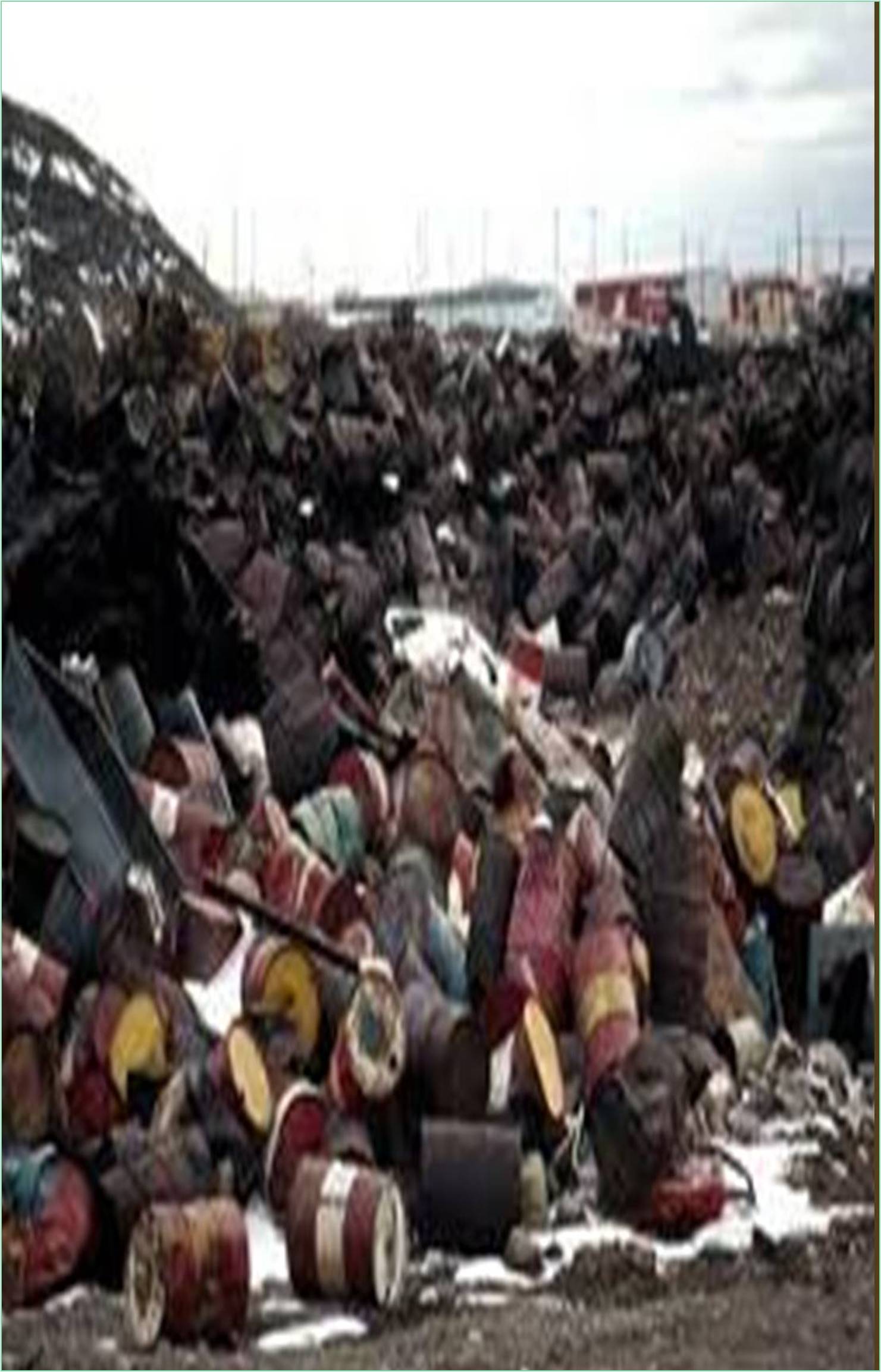



Received: 08-Jul-2022, Manuscript No. GJPHWM-22-71976; Editor assigned: 11-Jul-2022, Pre QC No. GJPHWM-22-71976(PQ); Reviewed: 01-Aug-2022, QC No. GJPHWM-22-71976; Revised: 08-Aug-2022, Manuscript No. GJPHWM-22-71976(R); Published: 15-Aug-2022, DOI: 10.15651/GJPHWM.22.5.020
Black Carbon (BC) is an uncertain effect in global climate. It may be formed either by carbonization of organic matter during combustion or by condensation from the gas phase in reducing flames (soot particles). The gases that are accumulated in the atmospheres leads to longterm climate change. In earlier studies the Black Carbon (BC) is the second largest individual warming agent.
Comparison of transport model predictions with the observations showed good agreement for BC concentrations, with larger discrepancies for fossil/ biomass burning sources. The mitigation of black carbon, in aerosol is commonly known as “Soot,” and emitted through combustion of fossil fuels. The emissions could be of particular interest.
Due to its solar absorption and cloud forming properties, it is potentially large. During this short period of time, the black carbon can has direct and indirect impacts on climate, agriculture and human health. Black carbon is responsible for approximately 20 percent of global warming and carbon dioxide causes approximately 50 percent of global warming.
It is produced both naturally and human activities as a result of incomplete combustion of fossil fuels, biofuels, and biomass. Contributing to limiting global warming, strong reductions in methane, black carbon and groundlevel ozone have other key benefits for sustainable development.
When suspended in atmosphere, it contributes to warming by converting the incoming solar radiation to heat. It also influenced by cloud formation and impacts of regional circulation and rainfall patterns. Primary sources include emissions from diesel engines, wood burning and forest fires. The reduction of CO2 is essential which impacts for future climate change, but it will take several decades for CO2 concentration inorder to stabilize after the reduction of emission begins.
In contrast, the black carbon remains in atmosphere for few weeks, so cutting the emissions would immediately reduce the rate of warming.
Reducing of the emission weakens the atmospheric radiative heating that is associated with instantaneous forcing and cooling weakens due to decrease in water vapor. But black carbon hangs above low-lying clouds which has a different effect and stabilizes the layer of air on top of the clouds, promoting their growth.
BC concentrations may not be effective for the decline in global surface air temperatures, although such reduction is crucial for air quality. The climate sensitivity for BC is equal to that for sulphate aerosols; the mean change in the surface air temperature due to reducing BC emissions is expected to be approximately two-thirds of the change if SO2 emissions increase.
Technologies which can reduce the global emissions are available today and reducing of black carbon, is a primary component of fine particulate. Moreover, the reduced exposure of black carbon provides public health cobenefits, especially in developing countries. Reducing of BC emission also makes the atmosphere unstable that leads to decreases in low-clouds and increases in middle and high-clouds that result in decreasing of outgoing radiation. Granulated Carbon Black particles are too large for sufficient dispersion in air and are not capable of exploding.